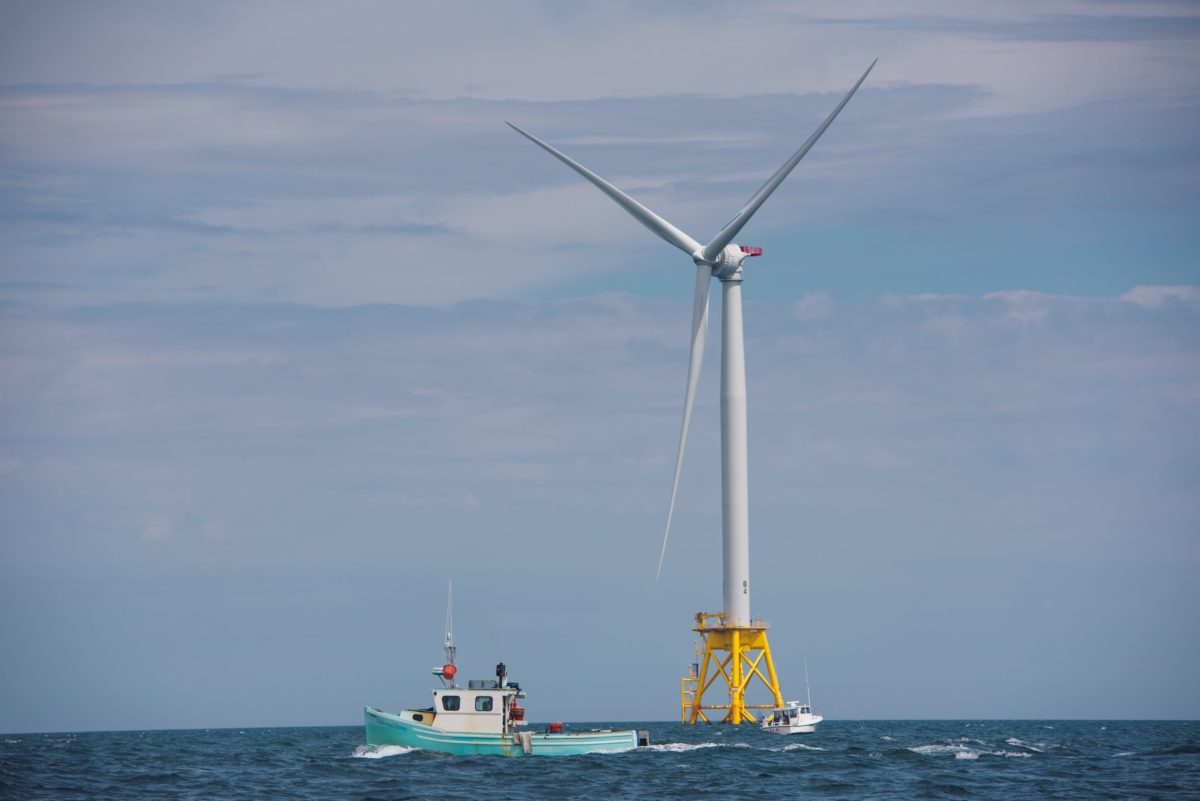Despite a market hamstrung by rising costs, supply chain disruption, trade policy uncertainty, inflation and interconnection delays, renewable energy deployments are expected to ramp up in the next two years, buoyed by clean energy incentives of the Inflation Reduction Act.
In Deloitte’s 2023 Renewable Energy Outlook, the global consulting group argues market headwinds are expected to persist through the better part of 2023, with growth to be unlocked in 2024.
The U.S. added 5.7 GW of utility solar projects and 7.5 GW of wind power in the first eight months of 2022, a decrease of 26% and 8%, respectively, compared to the comparable 2021 term. Nevertheless, solar and wind capacity accounted for 70% of the new capacity added with the share of U.S. electricity generation from renewable energy increasing from 21% to 23% year-over-year.
2023 drivers for renewable energy growth include:
- Cost competitiveness. While renewables cost may continue to rise temporarily in 2023 due to supply chain challenges, wind and solar will likely remain the cheapest energy sources in most areas, as fuel costs for conventional generation have been rising faster than renewable costs.
- Federal clean energy policies. Among other supportive provisions, the IRA extends solar and wind tax credits for projects that begin construction before 2025 and technology neutral credits through at least 2032. Projections suggest the law will spur 525 to 550 GW of new utility-scale clean power by 2030.
- State clean energy policies. 22 states and the District of Columbia are targeting 100% renewable energy or 100% carbon-free electricity with target dates between 2040 and 2050.
- Utility decarbonization. As of October 2022, 43 of the 45 largest investor-owned utilities have committed to reducing their carbon emissions, and boosting renewables is one of their key strategies.
- Corporate renewable procurement spurred a record 11 GW of clean energy installations in 2021 and set to exceed that in 2022. More than 389 global businesses have committed to 100% clean energy by joining the RE100 renewable electricity initiative, up from 200 in 2019.
- Residential solar demand is growing faster than ever, up 35% in H1 2022 year-over-year, as households react to rising electricity prices and weather-driven power outages.
- Private investment. Renewables investments hit a record high $10 billion in the past year. That could continue, as investors are attracted to transparent returns on mature technologies backed by 10-year tax credits with direct pay options.
Bottlenecks muzzle growth
U.S. manufacturers produced 5 GW of solar modules in 2021, falling well short of the 20 GW of solar capacity needed over the same year, Deloitte says. One of the main pillars of the IRA is to incentivize the domestic manufacturing of solar panels, advanced battery production, offshore wind turbine components and various other products to fuel energy transition independence in the U.S.
Two months after the IRA’s passing, Deloitte calculated $28 billion in new manufacturing investment in the solar, battery and EV manufacturing verticals had been already announced. Enel and First Solar committed to building solar manufacturing capacity, expand additional plants and developing a supply chain from raw materials through modules.
While this is good news for renewables supply chain, a Deloitte survey of power sector executives found that 56% of those surveyed said it could take two to three years to ease supply chain constraints.
Energy equity
With 44% of U.S. households defined as low-income, the IRA is incentivizing the development of projects such as community solar to provide greater access to the cost savings from co-located solar development.
Clean energy projects eligible for the IRA’s 30% investment tax credit can add 10% to 20% of bonus credit if the project is located in an “environmental justice” area.
In another Deloitte survey, 46% of power sector executives said their company plans to build renewable energy projects in low-income communities in the coming years.
Offshore wind
The offshore wind market has grown to more than 40 GW of sited generating capacity in 12 states, with 1 GW currently under construction and 19 GW in the permitting phase.
With another 20 GW of offshore wind in the siting and planning phases, the next few years could be critical for unlocking growth in renewable energy as part of funding and tax incentives from the IRA and Bipartisan Infrastructure Law of 2021.
In 2023 the industry is expected to address challenges including financing and construction risk, transmission grid upgrades, and a shortage of vessels and port infrastructure to support the rollout of offshore wind projects. In the past two years, 10 domestic manufacturing facilities were announced at East Coast ports while the IRA tax credits could spur additional investments in offshore wind.
This content is protected by copyright and may not be reused. If you want to cooperate with us and would like to reuse some of our content, please contact: editors@pv-magazine.com.









By submitting this form you agree to pv magazine using your data for the purposes of publishing your comment.
Your personal data will only be disclosed or otherwise transmitted to third parties for the purposes of spam filtering or if this is necessary for technical maintenance of the website. Any other transfer to third parties will not take place unless this is justified on the basis of applicable data protection regulations or if pv magazine is legally obliged to do so.
You may revoke this consent at any time with effect for the future, in which case your personal data will be deleted immediately. Otherwise, your data will be deleted if pv magazine has processed your request or the purpose of data storage is fulfilled.
Further information on data privacy can be found in our Data Protection Policy.